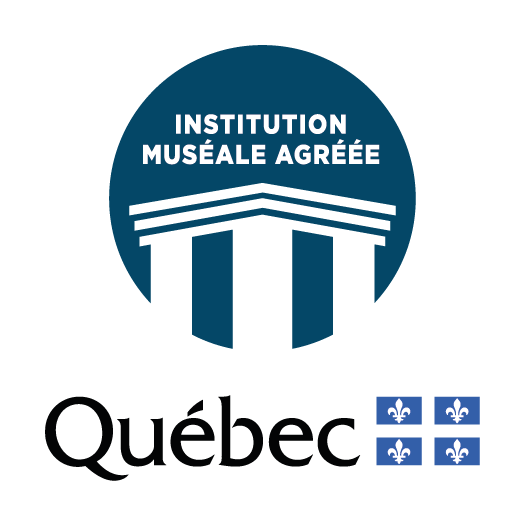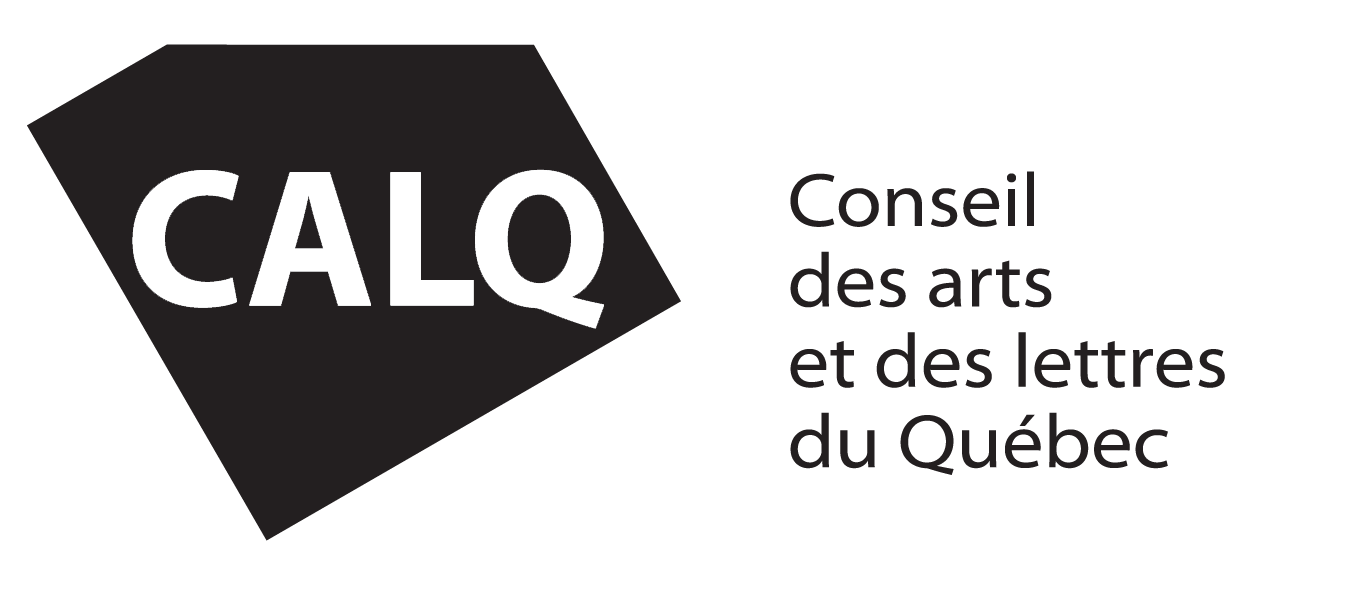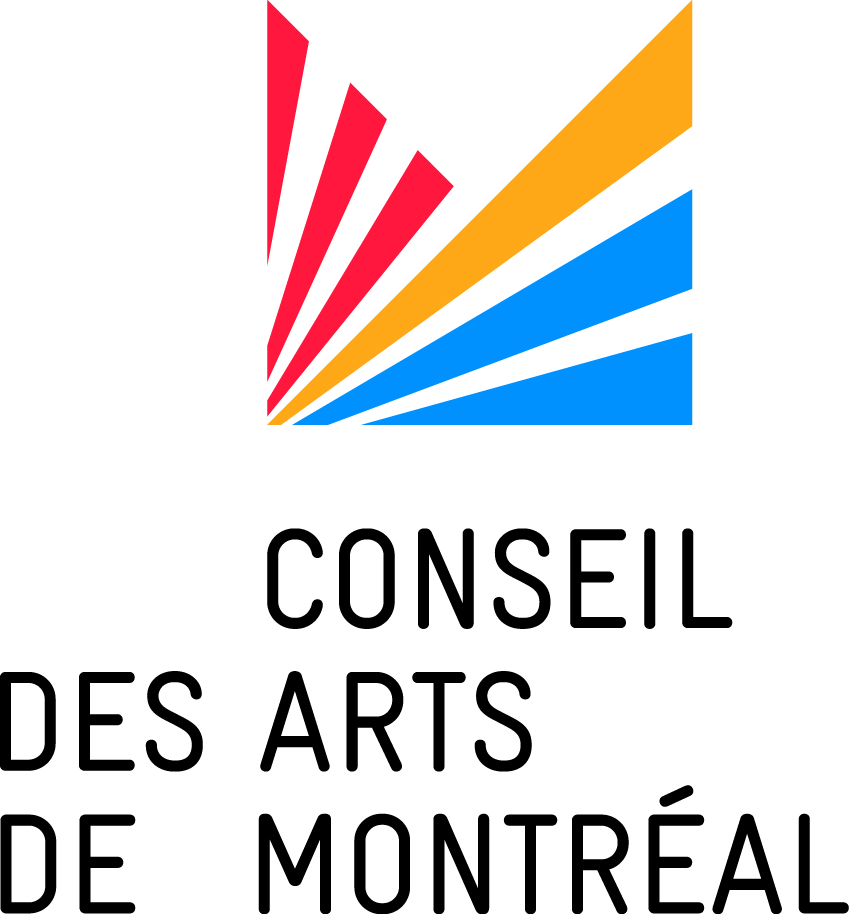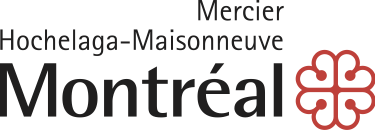Between 1982 and 1984, Marc Garneau fulfilled the course-load related to his Master’s Degree (Fine Art) at Concordia University, whose programme is considered to be one of the best of its type in Canada. Among his teachers were John Fox, Yves Gaucher, Russell T. Gordon, Johanne Lamoureux, Guido Molinari and Leopold Plotek. His studies were enhanced by a second trip to Europe, in the form of an extended stay in the South of France and in Italy (Summer of 1983) resulting in a sharpening of his pictorial vocabulary. The history and rocky terrain of the lands of the Cathars, the historical monuments observed in the Mediterranean light and regular attendance at museums provided him with new subjects for study. During this period, Garneau had three solo exhibitions, at Motivation V (1982), Bourget (1983) and Skol (1984) galleries.
“The transparencies of being, of living the moment and of the pigments all become one. For this reason, the act of seeing becomes the true subject.” It is with this idea that Marc Garneau ended the text which introduced the exhibition at the Bourget Gallery. Later, he selected the title Du silence des yeux for his show at the Skol Gallery.

At the beginning of his career, this young painter (Garneau was born in 1956) already considered the object of the viewer’s attention as being central to his practice. What does one see, or rather how does one look, asks the artist. While his first comment places the act of seeing at the junction of individuality, temporality and materiality, the second suggests that a meditative stance allows his paintings to be revealed through close attention. The notion of transparency expresses the idea that painting is both exploration and introspection, attitudes which embody the sought-after clarity and limpidity through the act and experience of painting.
The works selected for the present exhibition are part of the body of work created during those fertile years and include drawing notebooks. Each in its own way constitutes a material expression and interpretation of Garneau’s thoughts about art. All of these works emphasize the value of making each step in their development perfectly visible and of revealing the accumulation of strata and of the various actions and accidents which compose each work. The act of seeing serves as an instinctive accumulator of the artist’s experiences.
The drawing of a gesture is the free transcription of observation or first impression, the essence of an image, the revealing displacement of a shadow, a significant detail, the spontaneous reaction to the canvas or sheet of paper itself. The viewer is invited to perceive the movement which builds the shapes emerging from contact with the line which pulses across the surface. The act of seeing gives shape to an autonomous distribution of the visual elements.
This outline in turn defines the structure of the work, while the pencil or the brush is engaged in selecting, defining and confirming shapes which themselves combine, join and interpenetrate to suggest the resulting surfaces, textures, perspectives, masses, light and density. The eye reaches deep into the meanders of colour and line. The act of seeing as the meeting place of overlaid actions and occurrences.
From among such associations freely made, a mobile balance results in the manner of causing the emergence of focus points, of emphasizing the relationships between the elements, of creating echoes through the use of diaphanous color, of enlivening the surface with a rhythm of gestures and pauses. The act of seeing as the renewed pleasure of experiencing free movement.
The selected drawings and paintings, for example the serious Minerve (1983), the effervescent Paradis (1984) or the enigmatic In Memoriam (1984), demonstrate the singularity of experience provided by each work. The development resulting from two years of exploration underlines the evolution of an active observer who does not miss an opportunity to express a cautious pleasure and an urgent wish to renew contact with the revelations of a shape or the atmosphere of the studio.
Garneau invites us to follow the sinuous outlines of his creative thoughts and to travel once again over the path which simultaneously reveals the sources and the results, the act of making and its effects, the creative steps which derive from both impulse and restraint, attention and generosity. The viewer is in a relationship to Garneau’s painting through which are experienced its tactility and hesitations, displacements and choices, feelings and intelligence.
What is painting, if not the discovery of the results of observation?
— Laurier Lacroix
Marc Garneau
Born in Thetford-Mines, Marc Garneau is a painter, draughtsman and printmaker who studied visual arts at Concordia University. He was awarded in 1997 the Grand Prize of the Biennale du dessin, de l’estampe et du papier-matière du Québec. Garneau has over fifty solo exhibitions to his credit over the past thirty years, in Canada, Germany, Austria and France, in addition to innumerable group exhibitions in which he has been invited to participate, both locally and abroad. Works by Garneau are found in all major Quebec museum collections and in several public, corporate and private collections in Quebec, Canada and Europe. The 1700 La Poste exhibition venue is currently preparing a retrospective of his work to be shown in the autumn of 2015. Marc Garneau is represented by the Graff (Montreal) and Lacerte art contemporain (Quebec City) galleries.
Read the exhibition flyer below:






